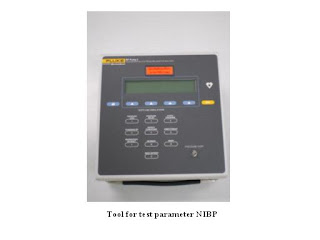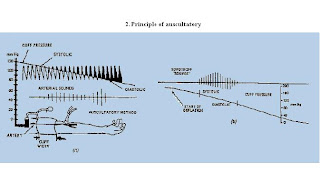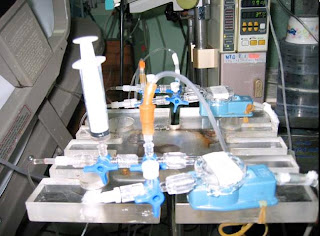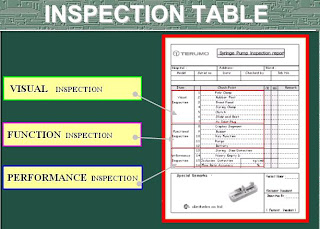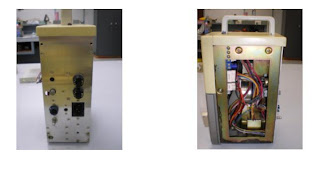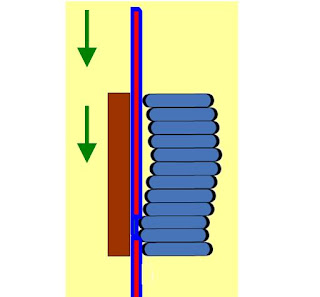THE ALAN E. LINDSAY ECG LEARNING CENTER
Frank G. Yanowitz, M.D
Professor of Medicine
University of Utah School of Medicine
Medical Director, ECG Department
LDS Hospital
Salt Lake City, Utah
This tutorial is dedicated to the memory of Dr. Alan E. Lindsay, master teacher of electrocardiography, friend, mentor, and colleague. Many of the excellent ECG tracings illustrated in this learning program are from Dr. Lindsay's personal collection of ECG treasures. For many years these ECG's have been used in the training of medical students, nurses, housestaff physicians, cardiology fellows, and practicing physicians in Salt Lake City, Utah as well as at many regional and national medical meetings. It is an honor to be able to provide this tutorial on the World Wide Web in recognition of Dr. Lindsay's great love for teaching and for electrocardiography.
This interactive ECG tutorial represents an introduction to clinical electrocardiography. ECG terminology and diagnostic criteria often vary from book to book and from one teacher to another. In this tutorial an attempt has been made to conform to standardized terminology and criteria, although new diagnostic concepts derived from the recent ECG literature have been included in some of the sections. Finally, it is important to recognize that the mastery of ECG interpretation, one of the most useful clinical tools in medicine, can only occur if one acquires considerable experience in reading ECG's and correlating the specific ECG findings with the pathophysiology and clinical status of the patient.
The tutorial is organized in sections based on a recommended "Method" of ECG interpretation. Each section provides some didactic teaching points, often linked to illustrations, and an interactive quiz. Beginning students should first go through the sections in the order in which they are presented. Others may chose to explore topics of interest in any order they wish. The ECG's range from the sublime to the ridiculous, from simplicity to complexity, and from boring to fascinating. It is hoped that students will be left with some of the love of electrocardiography shared by Dr. Lindsay.








